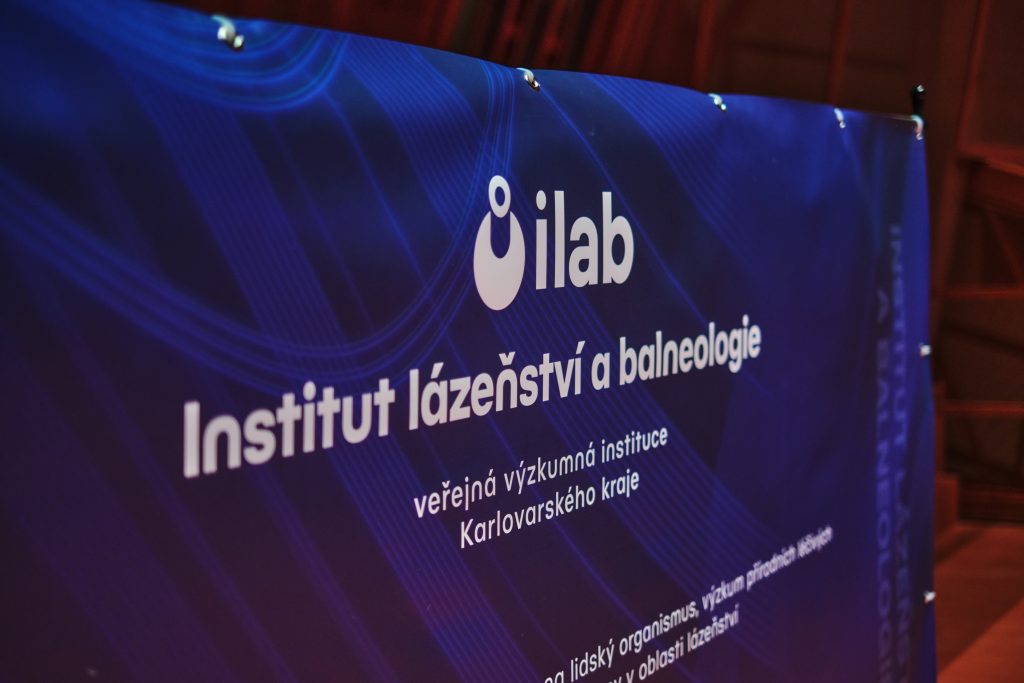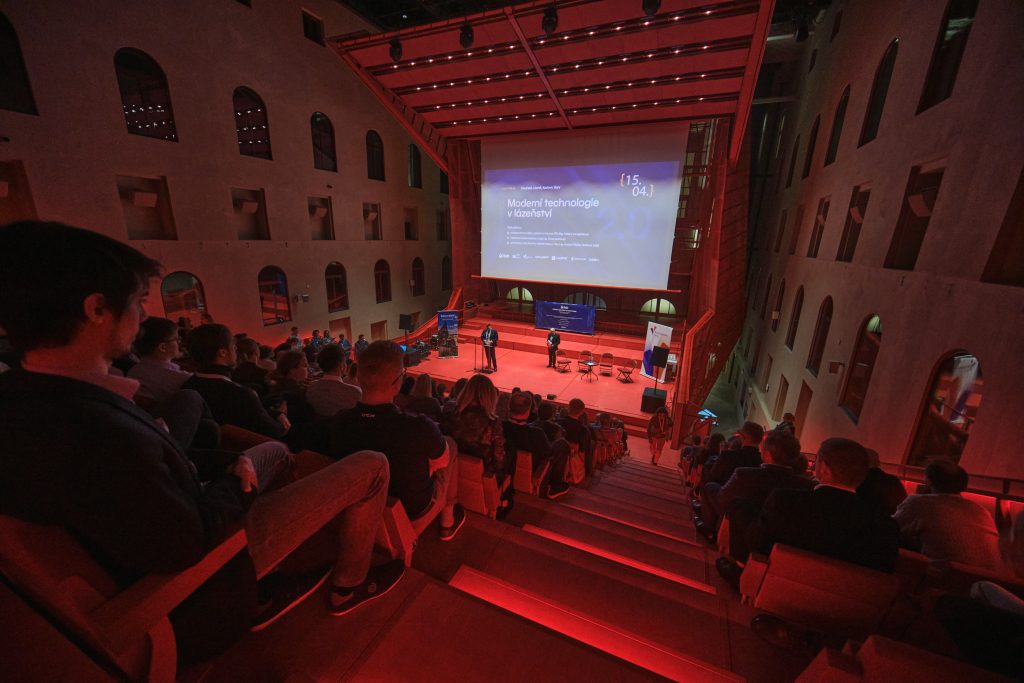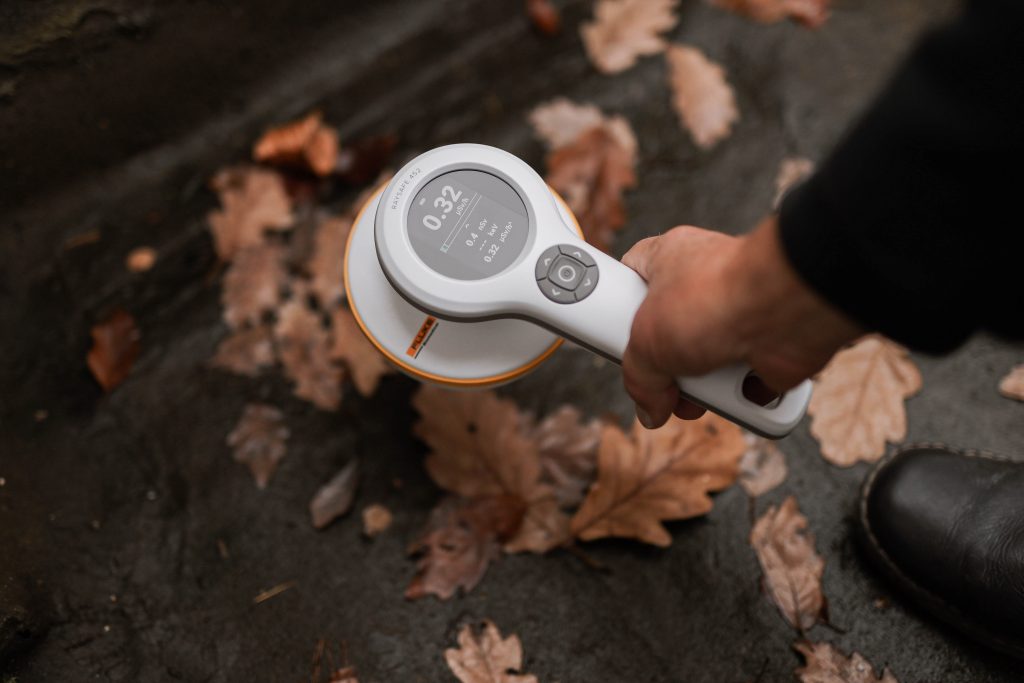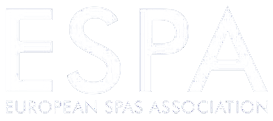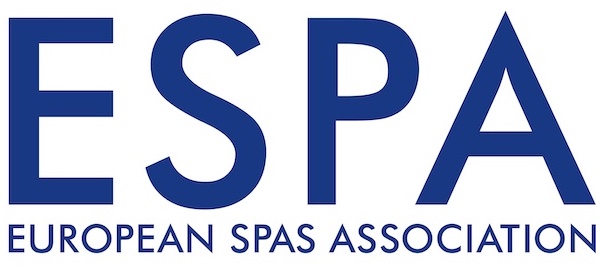The research focuses on the integration of innovative technologies and scientific methods in spa and balneology treatments to enhance their therapeutic efficacy and establish their medical benefits. This includes testing virtual reality applications in spa environments, objectively measuring the effects of the Karlovy Vary drinking cure, and developing a dedicated “Center for Spa Research.”
The primary medical goal is to improve the effectiveness and acceptance of spa and balneology treatments within mainstream healthcare. By scientifically validating these treatments and exploring new technological applications, such as virtual reality, the research aims to provide evidence-based solutions that enhance patient outcomes, promote mental well-being, and support holistic healthcare practices.
1. Originality
1) Testing of virtual reality in spas – the study targets patients with various movement disorders, examining how VR can be integrated into standard rehabilitation programs to enhance treatment outcomes. The VR technology allows for customized therapy within a group setting, creating individualized exercise plans and intensities tailored to each patient’s needs, thereby providing a new dimension of personalized care.
One of the key findings of the study is that the average difference in pain intensity before and after the treatment period was more significant in the experimental group using VR than in the control group receiving standard spa treatment. This suggests that VR can provide a new added value in pain management by potentially enhancing the effectiveness of conventional physical therapy techniques like magnetotherapy, laser therapy, ultrasound, and massages.
2) Objectification of the effects of Karlovy Vary drinking cure – The research study aimed to objectively evaluate the effectiveness of the traditional drinking cure using Karlovy Vary bicarbonate-chloride-sulfate-sodium springs. The goal was to assess improvements in both subjective digestive symptoms and specific quantitative health parameters, including lipid profiles and liver elasticity, before and after a 21-day drinking cure. A key focus of the study is on the drinking cure’s potential effects on liver health, specifically liver steatosis or fatty liver. Through quantitative analysis of lipid parameters and liver elasticity before and after the treatment, the study examines whether the drinking cure can reduce liver fat accumulation and improve liver function. The initial results suggest that the Karlovy Vary springs may positively influence liver steatosis. By exploring the benefits of the Karlovy Vary drinking cure, this research adds new value to the field of preventative and therapeutic strategies for liver health, offering a natural, non-invasive option that may help manage and potentially mitigate the progression of liver steatosis.
3) Center for Spa Research – the structure of this project is divided into vertical thematic priorities and horizontal cross-cutting activities. This approach allows us to comprehensively address the multifaceted needs of the spa and balneology sector, ensuring a holistic and sustainable transformation. The vertical thematic priorities of our project combine medical, environmental, and socio-economic sciences. By directing support towards these vertically defined priority areas—research and innovation specialization domains—we aim to achieve a desirable transformation of the spa industry. The integration of these diverse scientific disciplines enables us to develop innovative solutions that not only improve therapeutic outcomes but also enhance the environmental sustainability and socio-economic resilience of spa towns.
Medical Research: Focuses primarily on the needs of spa facilities, aiming to enhance the efficacy and scientific foundation of spa treatments. This includes exploring new therapies, validating traditional treatments, and incorporating advanced technologies such as virtual reality.
Environmental Research: Targets the specific needs of spa towns, aiming to preserve and enhance the natural resources critical to spa treatments, such as mineral springs, while promoting sustainable practices that benefit both the environment and the spa industry.
Socioeconomic Research: Addresses the needs of public administration by analyzing the socio-economic impact of the spa industry and exploring ways to enhance its contributions to local and regional economies. This includes assessing the economic benefits of spa tourism and its potential to create jobs and promote regional development.
Horizontal activities are those that are not limited to a specific priority but are relevant and important across all parts of the project. These include educational activities, knowledge transfer, and technology transfer. By incorporating these cross-cutting activities, we ensure that the insights and innovations developed through the project are effectively disseminated and implemented across the sector, facilitating widespread adoption and maximizing impact.
Educational Activities: Aim to build capacity among stakeholders, from spa practitioners to policymakers, ensuring that all parties are equipped with the latest knowledge and skills necessary for advancing the spa and balneology sector.
Knowledge and Technology Transfer: Focus on the dissemination and implementation of new research findings and technological innovations, ensuring that the benefits of the project are realized across all aspects of the spa industry.
The project aims to contribute significantly to the transformation of the spa industry through science, innovation, and sustainability. This transformation is expected to lead to substantial improvements in the quality and efficiency of spa care in the Karlovy Vary region and strengthen its position as a center of excellence for spa and balneology research in Europe.
The multidisciplinary scope of the project guarantees long-term sustainability and ensures lasting transformational impacts of the project activities. By addressing the needs of various stakeholders and fostering collaboration across disciplines, the project aims to establish a strong foundation for the continued development and innovation of the spa industry.
2. Use of medical methods and created new medical programmes
As part of the above-mentioned projects, clinical testing is conducted on patients with the approval of the Ethics Committee. For the needs of the research projects, therapeutic plans and treatment protocols are always designed and tailored to the specific needs of the patients. Based on the results of these project activities, improvements are made, and new medical procedures are developed. The Institute conducts rigorous scientific research to evaluate and validate the therapeutic effects of traditional spa treatments, such as mineral baths, mud wraps, and drinking cures. By applying modern research methods and technologies, the Institute provides evidence-based support for these treatments, enhancing their credibility and acceptance within the broader medical community. A key focus of the Institute’s activities is the development of new therapeutic programs that integrate modern medical methods with traditional spa practices. For example, the Institute has pioneered the use of virtual reality (VR) technology in rehabilitation programs for patients with movement disorders. This innovative approach allows for personalized, immersive therapy that can be adapted to each patient’s needs, improving outcomes and patient satisfaction. The Institute actively collaborates with experts from various fields, including medical, environmental, and socio-economic sciences, to develop a holistic approach to spa and balneology. This multidisciplinary collaboration ensures that all aspects of spa treatments are considered, from their medical efficacy to their environmental impact and socio-economic benefits. By fostering these partnerships, the Institute contributes to the overall transformation and modernization of the spa industry.
3. Importance of the research for the medical spa sector
The research conducted by the Institute of Spa and Balneology is of great importance to the medical spa sector as it significantly enhances the credibility and scientific foundation of spa and health tourism. By rigorously testing and validating traditional spa treatments and integrating innovative therapies, our research contributes to the transformation of the spa industry into a more evidence-based and scientifically recognized field.
A grant of 10 million EUR from the European Union has been awarded for the implementation of the Center for Spa Research project over a period of three years. This substantial funding will significantly transform the spa industry, not only in the Czech Republic but also across the entire European Union.
The grant enables us to advance innovative research and development in the field of spa and balneology, fostering new scientific discoveries and the integration of cutting-edge technologies into spa treatments. With this support, the Center for Spa Research will be able to explore new therapeutic methods, validate traditional spa practices with rigorous scientific data, and develop sustainable practices that contribute to the health and well-being of individuals.
Moreover, the project aims to strengthen the role of spa and health tourism as a recognized part of the broader healthcare system. By promoting evidence-based treatments and enhancing the scientific credibility of spa therapies, we can elevate the status of the spa industry in Europe, setting new standards for excellence and innovation.
This initiative is expected to have a long-lasting impact on the spa sector, driving forward a transformative approach that combines traditional healing practices with modern medical research, thereby enhancing the quality and effectiveness of spa treatments throughout Europe.
MORE INFORMATION
nábřeží Jana Palacha 932/20 Karlovy Vary
